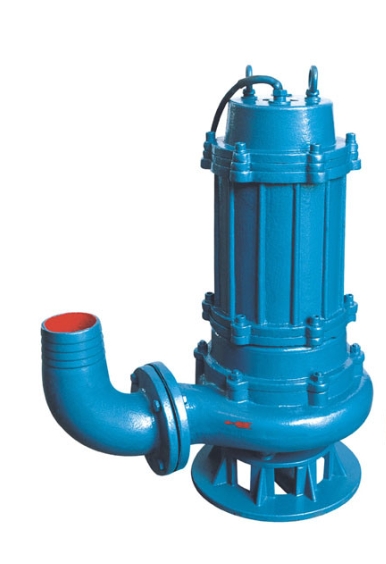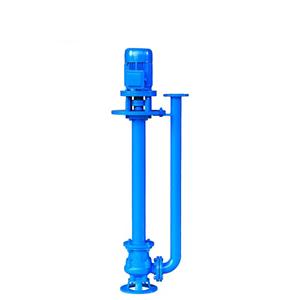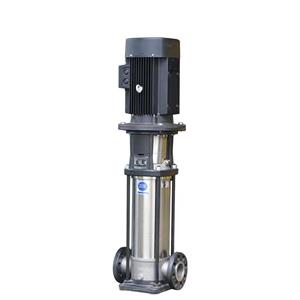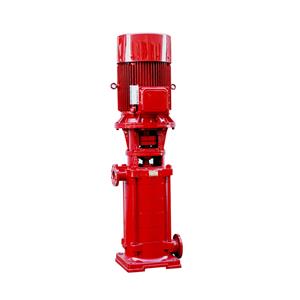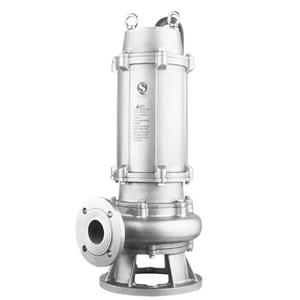The Basic Principles of Submersible Sewage Pumps
The Basic Principles of Submersible Sewage Pumps
Submersible sewage pumps are widely used in wastewater treatment, construction sites, mine drainage, and other fields. Their basic principle involves an electric motor driving an impeller to rotate, generating centrifugal force that draws liquid into the pump through the inlet and discharges it through the outlet. Designed to operate fully submerged in liquid, these pumps excel at handling sewage containing solid particles.
The core components of a submersible sewage pump include the motor, impeller, pump casing, and sealing system. The motor, typically waterproof, serves as the power source, ensuring reliable operation even when submerged. The impeller, a critical component, rotates to create centrifugal force, drawing in and expelling liquid. The pump casing contains and directs the liquid flow, while the sealing system prevents liquid from entering the motor, ensuring long-term stability.
The working principle of a submersible sewage pump can be summarized in several steps. First, the motor starts, driving the impeller to rotate at high speed. As the impeller spins, liquid is drawn into the pump inlet and accelerated by centrifugal force. The accelerated liquid is then guided by the pump casing and discharged through the outlet. Since the pump operates fully submerged, it effectively handles sewage with solid particles without clogging.
Submersible sewage pumps offer numerous advantages, including high efficiency, reliability, and ease of maintenance. Their fully submerged design allows them to handle solid-laden sewage effectively, while their compact structure makes them suitable for various complex environments. The advanced sealing system ensures long-term stability, and their low energy consumption reduces operational costs.
In conclusion, submersible sewage pumps operate by using a motor to drive an impeller, generating centrifugal force to move liquid. Their fully submerged design makes them ideal for handling solid-laden sewage, and their efficiency, reliability, and low maintenance requirements make them a preferred choice in wastewater treatment, construction, and mining applications.